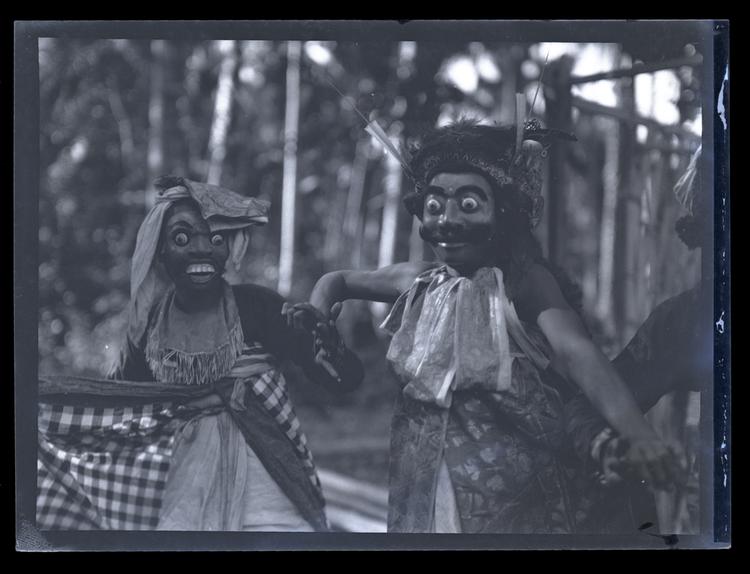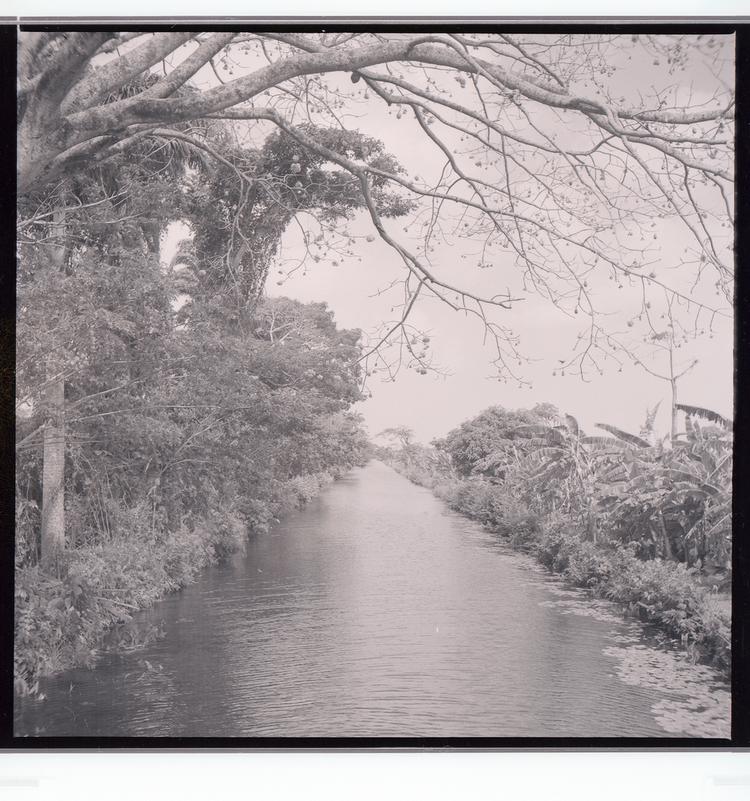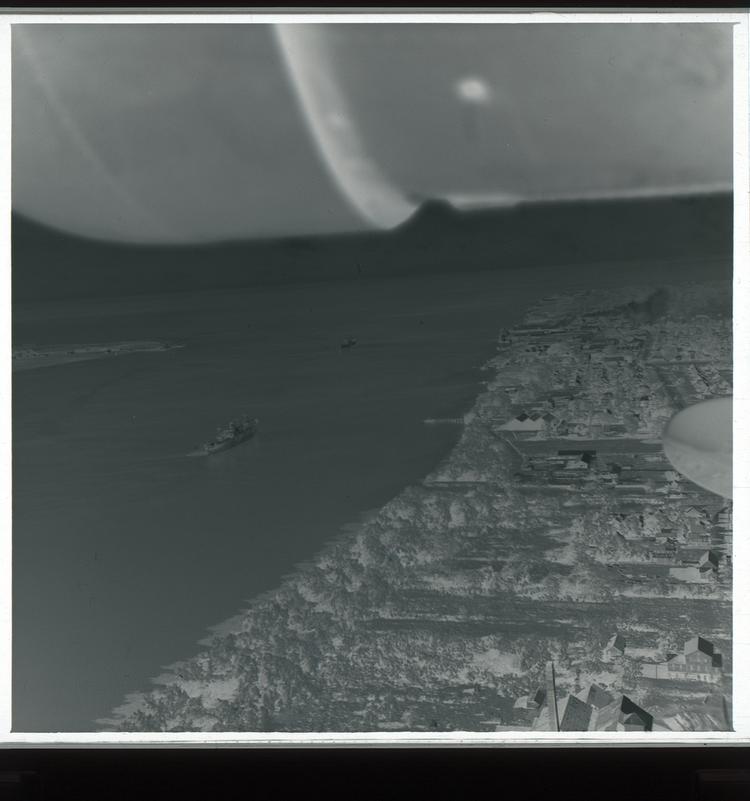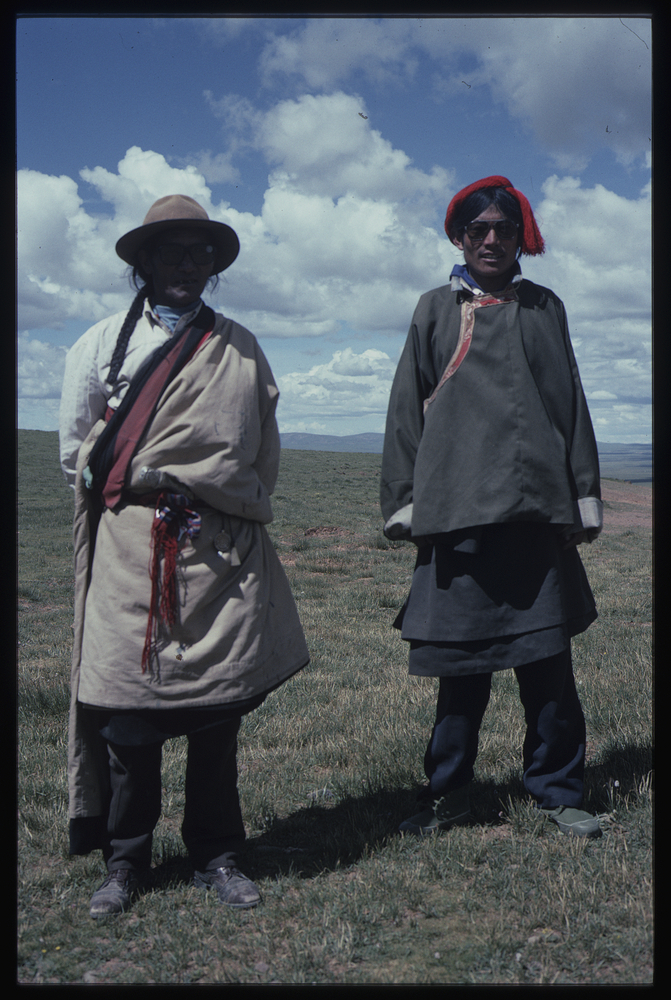The archive consists of the stock books, instrument catalogues, workbooks, financial ledgers, and related records of intrument maker Boosey and Hawkes and its predessors and subsidiaries including Besson & Co., Distin & Co., Hawkes & Son, and Rudall Carte. Unlike the Boosey & Hawkes Museum Collection, established within Boosey & Co in or before 1905 by their works manager, the acoustician and inventor David James Blaikley, the archive is the incomplete remnant of the highly organised documentation systems of the firms mentioned above. Production and sale of instruments were documented through their various stages, and even in the era of mass production which followed World War II each instrument was given a serial number. The serial numbers enable present day users of the archival material to follow the trail of individual instruments through various archival records and in many cases identify the original records for instruments which survive in public and private collections.
Various instruments described in the archival documents are unfamiliar today, and identification (by serial number) with surviving instruments allows a positive interpretation of the records. Examples of such identities are: Cavalry Trombone, Lied Horn, Orpheon, Case's Model Trombone, Cornet Columbia, Imperialphone, and Forcor. The precise nature of some other instruments mentioned in the archives is still a matter of speculation, no surviving examples being known. Example of these are: Tenor Euphonion, Baritone Koenighorn, and Georgephone.
The inclusion of a complete record of all Boosey brasswind produced from 1868 to 1985, and a nearly complete record of all Boosey woodwind produced from 1857 to 1986, makes this archive a unique resource, not only for the study of individual instruments but also for a statistical analysis which would reveal trends in the production, development and use of instruments. Similarly, the consistency over generations in record keeping allows the entire working careers of individual craftsmen (in some cases families of craftsmen) to be traced.
Records of Boosey & Hawkes
Continue exploring archive

Negative

Black and white negative centred one-point perspective view of tree-lined canal

Black and white negative view from air of boats going out to see next to coastline with wing in frame

Slide of Kampa men taken near Nanchu
Collection Information
These objects are only a part of our collections, of which there are more than 350,000 objects. This information comes from our collections database. Some of this is incomplete and there may be errors. This part of the website is also still under construction, so there may be some fields repeated or incorrectly formatted information.
The database retains language taken from historical documents to help research. Please note that some records may feature language and reflect systems of thinking that are outdated and offensive. The database also includes information on objects that are considered secret or sacred by some communities.
If you have any further information about objects in our collections, can suggest corrections to our information or if you see content requiring immediate action, please contact us: enquiry@horniman.ac.uk






























































































































































































































































































































































































































































































































